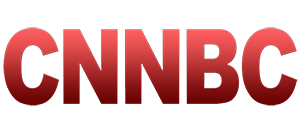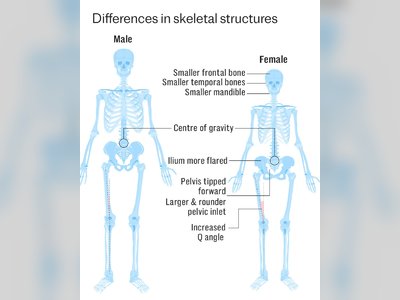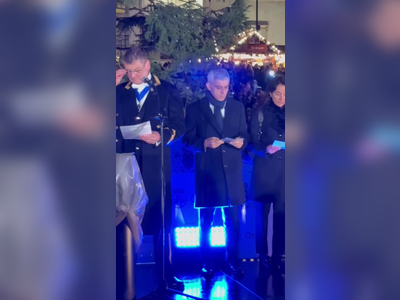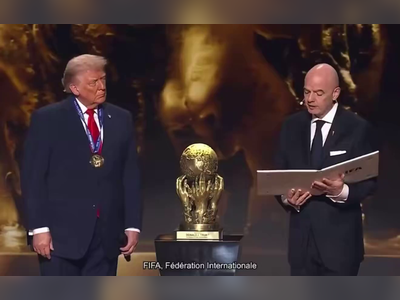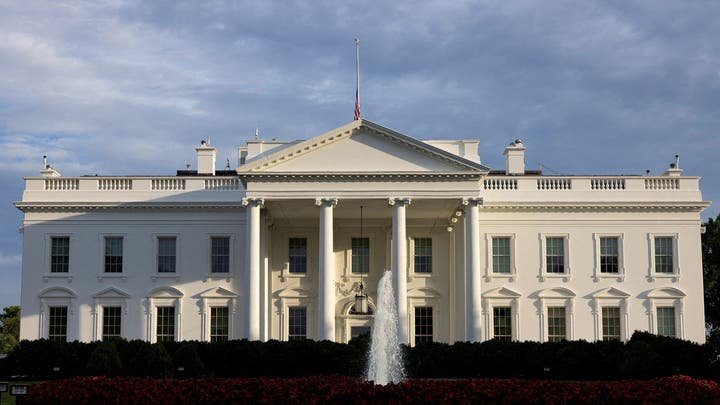
White House Limits Press Access to West-Wing Communication Offices
New rule requires journalists to schedule appointments to enter senior press-secretary zone, citing national-security concerns
A directive issued by the White House has fundamentally altered the rules of access for credentialed journalists covering the administration, discontinuing free entry into Room 140 in the West Wing—which houses the offices of Press Secretary Karoline Leavitt and other senior communications staff—unless reporters secure a prior appointment.
According to the memo from the National Security Council, the change is necessary because the communications team will now ‘‘routinely engage with sensitive material’’ and must coordinate closely with the council.
Reporters were previously permitted to move from the briefing room to the adjacent “Upper Press” area and approach senior staff on short notice to seek reactions or clarification.
The new rule, effective immediately, blocks entry to that zone without pre-authorization by a designated White House staffer.
While credentialed journalists will retain access to lower-floor press offices near the briefing room, the memo states they may no longer freely enter the higher-level area.
In publicly defending the measure, Leavitt and Communications Director Steven Cheung cited instances of ‘‘unauthorised recording and wandering into restricted areas’’ as part of the justification.
‘‘Some reporters have been caught secretly recording video and audio of our offices, along with pictures of sensitive information, without permission,’’ Cheung wrote.
The White House Correspondents’ Association (WHCA) swiftly issued a statement condemning the change.
WHCA President Weijia Jiang warned that the policy ‘‘hinders the press corps’ ability to question officials, ensure transparency and hold the government accountable— to the detriment of the American public.’’
This move follows earlier access restrictions instituted by the United States Department of Defense during the same period, when dozens of journalists resigned their full-time credentials rather than comply with revised rules that barred coverage of unsanctioned unclassified information.
The broader context is a significant shift in how the current administration manages media access and coverage of the executive branch.
By formalising appointment-only entry to senior communications offices, the White House places tighter controls on physical proximity to its principal spokespeople.
For now, the chief objective appears to be the protection of national-security material and coordination of message, though observers note that the change has lasting implications for press access and transparency.
According to the memo from the National Security Council, the change is necessary because the communications team will now ‘‘routinely engage with sensitive material’’ and must coordinate closely with the council.
Reporters were previously permitted to move from the briefing room to the adjacent “Upper Press” area and approach senior staff on short notice to seek reactions or clarification.
The new rule, effective immediately, blocks entry to that zone without pre-authorization by a designated White House staffer.
While credentialed journalists will retain access to lower-floor press offices near the briefing room, the memo states they may no longer freely enter the higher-level area.
In publicly defending the measure, Leavitt and Communications Director Steven Cheung cited instances of ‘‘unauthorised recording and wandering into restricted areas’’ as part of the justification.
‘‘Some reporters have been caught secretly recording video and audio of our offices, along with pictures of sensitive information, without permission,’’ Cheung wrote.
The White House Correspondents’ Association (WHCA) swiftly issued a statement condemning the change.
WHCA President Weijia Jiang warned that the policy ‘‘hinders the press corps’ ability to question officials, ensure transparency and hold the government accountable— to the detriment of the American public.’’
This move follows earlier access restrictions instituted by the United States Department of Defense during the same period, when dozens of journalists resigned their full-time credentials rather than comply with revised rules that barred coverage of unsanctioned unclassified information.
The broader context is a significant shift in how the current administration manages media access and coverage of the executive branch.
By formalising appointment-only entry to senior communications offices, the White House places tighter controls on physical proximity to its principal spokespeople.
For now, the chief objective appears to be the protection of national-security material and coordination of message, though observers note that the change has lasting implications for press access and transparency.
